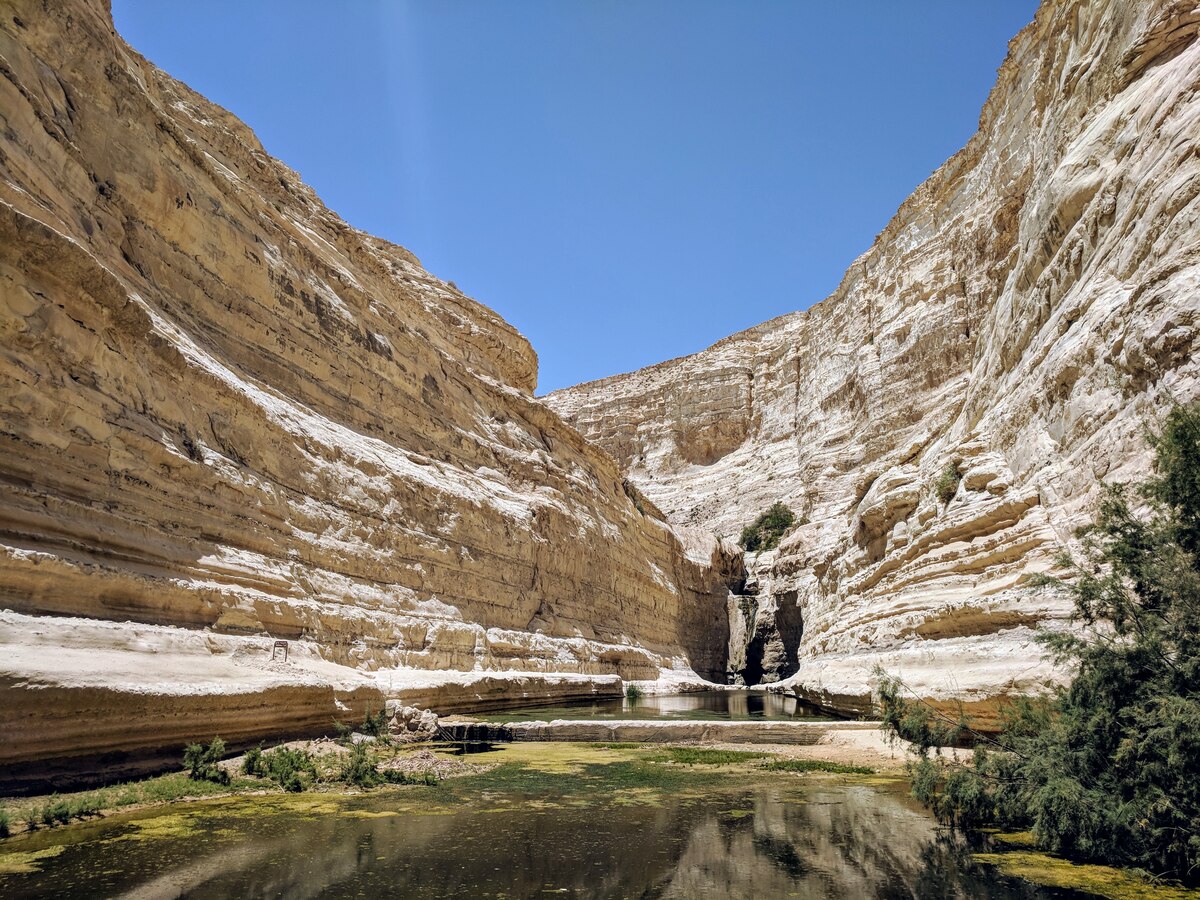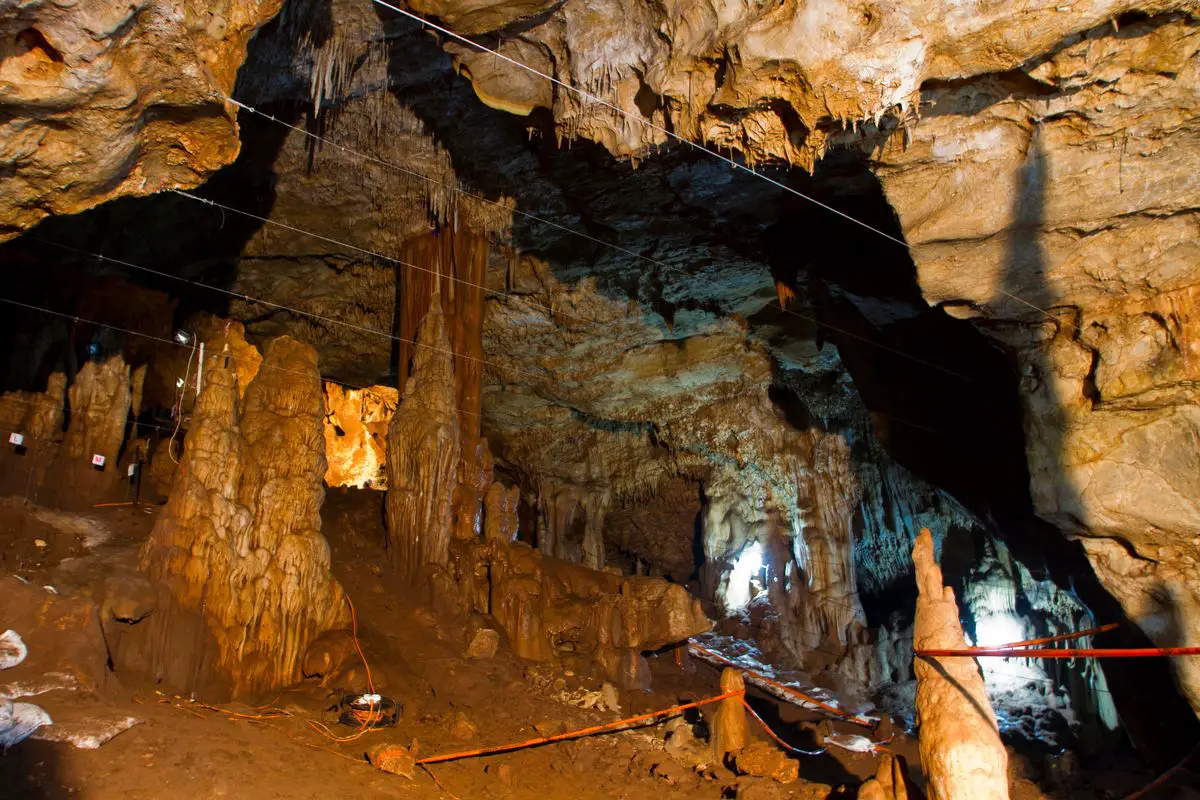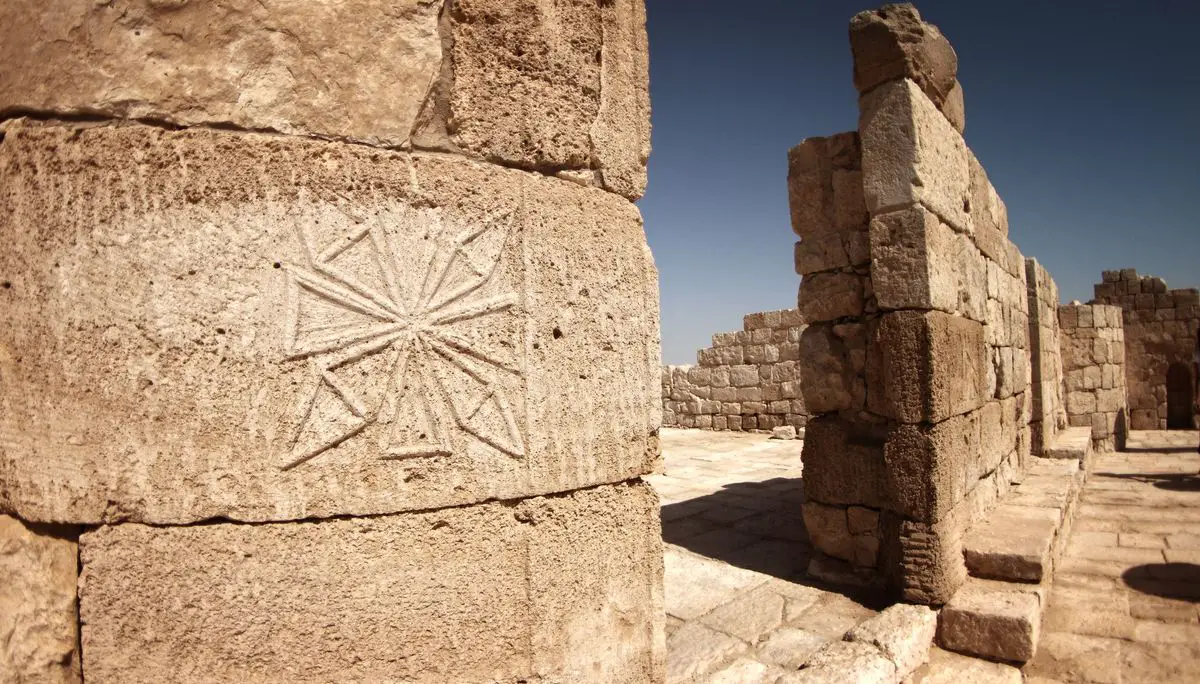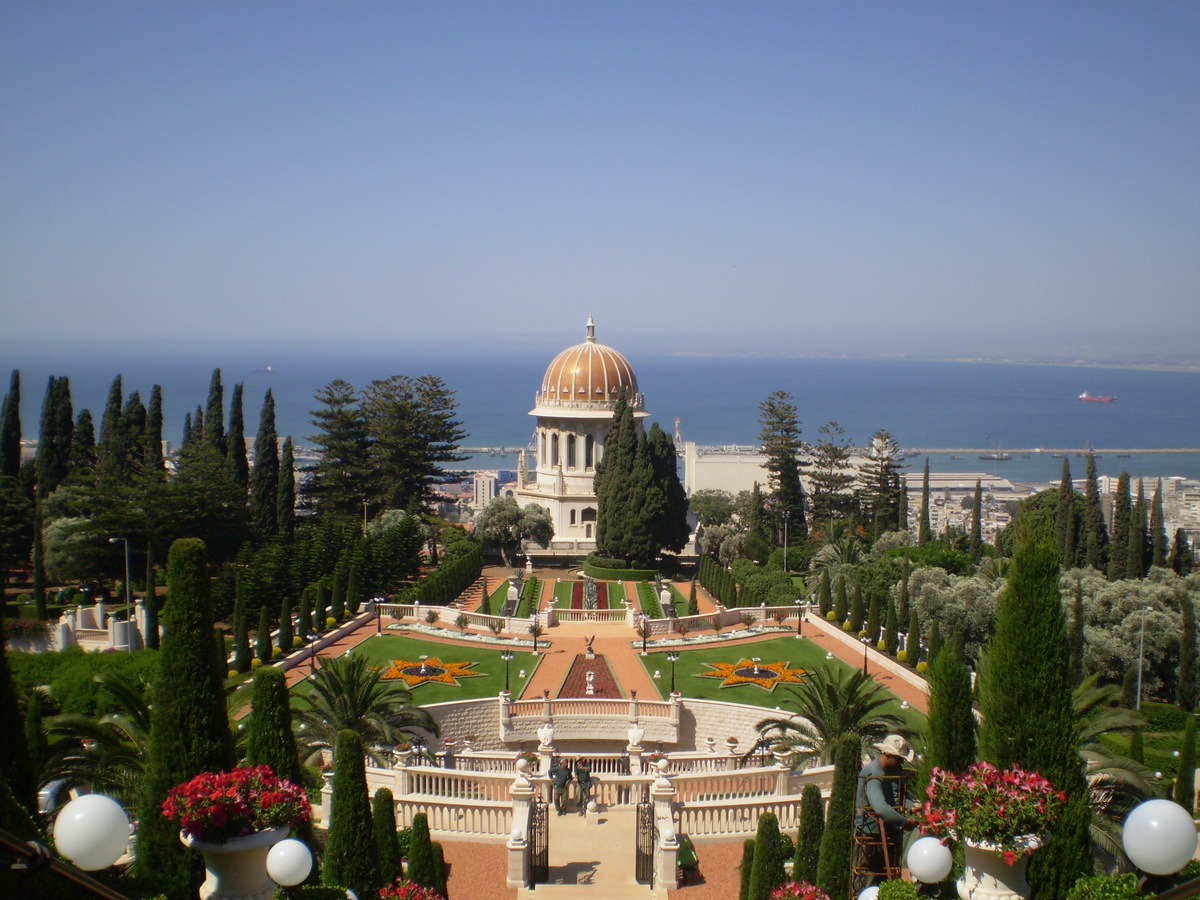Wondermondo 🢖 World 🢖 Wonders of Asia 🢖 Wonders of Israel
Territory
Wonders of Israel
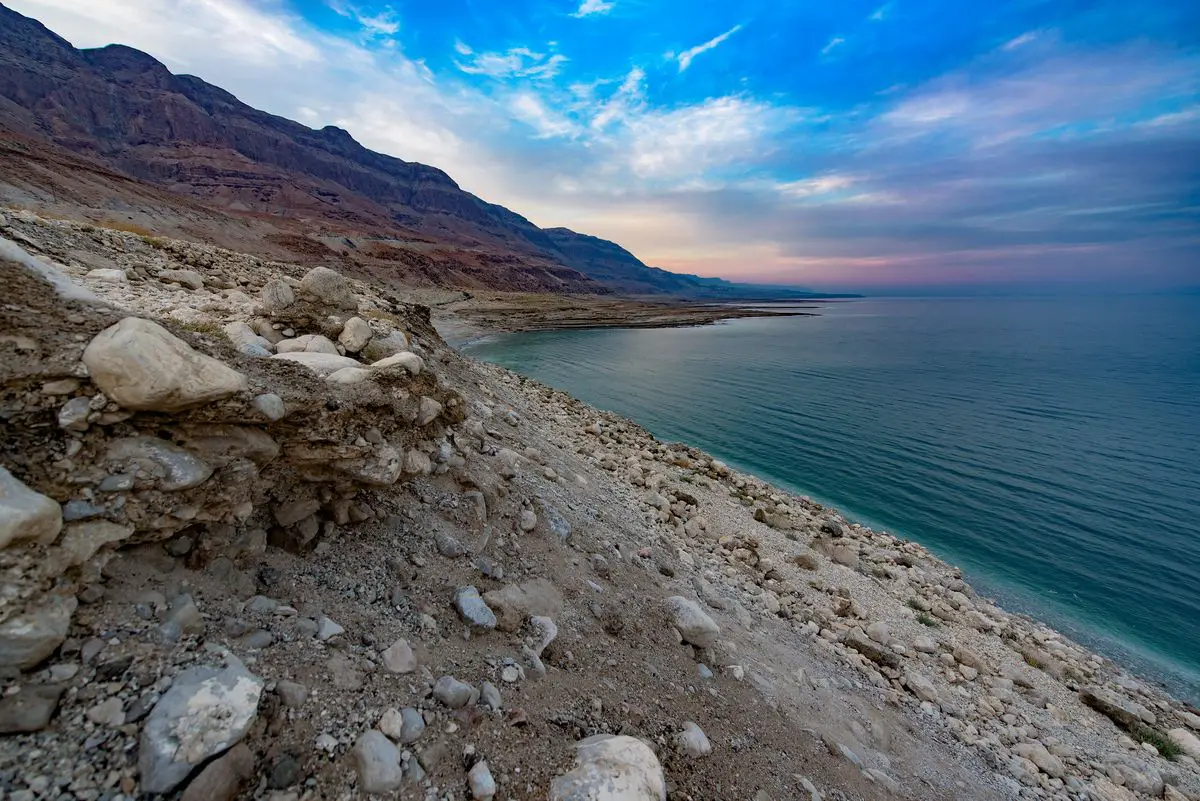
 Highlights
Highlights
If there is a land on the crossroads of civilizations, then Israel is one. Here from Africa to the remaining world entered different species of humans, including us. The area of Israel was located between the first civilizations in Egypt, Mesopotamia, and Anatolia. The whole country is dotted with monuments of archaeology and history. The most amazing wonders of Israel are:
- Ancient Jewish heritage. Amidst the kaleidoscope of diverse cultures, Jewish culture is indigenous. The harsh history of Jews sheds a light on the mysteries of this amazing, unique nation. A true symbol of the nation is the impressive Massada fortress.
- Other ancient settlements. Nabateans, Romans, Hellenes, Egyptians, Canaanites, Edomites, and yet unknown cultures… They have created their own settlements, conquered each other’s villages and towns, and shaped each his own palaces, shrines, fortifications, and art. There are hundreds of ancient settlements around Israel.
Map with the described wonders of Israel
If you see this after your page is loaded completely, leafletJS files are missing.
 Top 25 wonders of Israel
Top 25 wonders of Israel
Geological wonders
Hexagon Pool
North (Israel)
A beautiful lake surrounded by hexagonal basalt pillars. A waterfall falls in the pool.
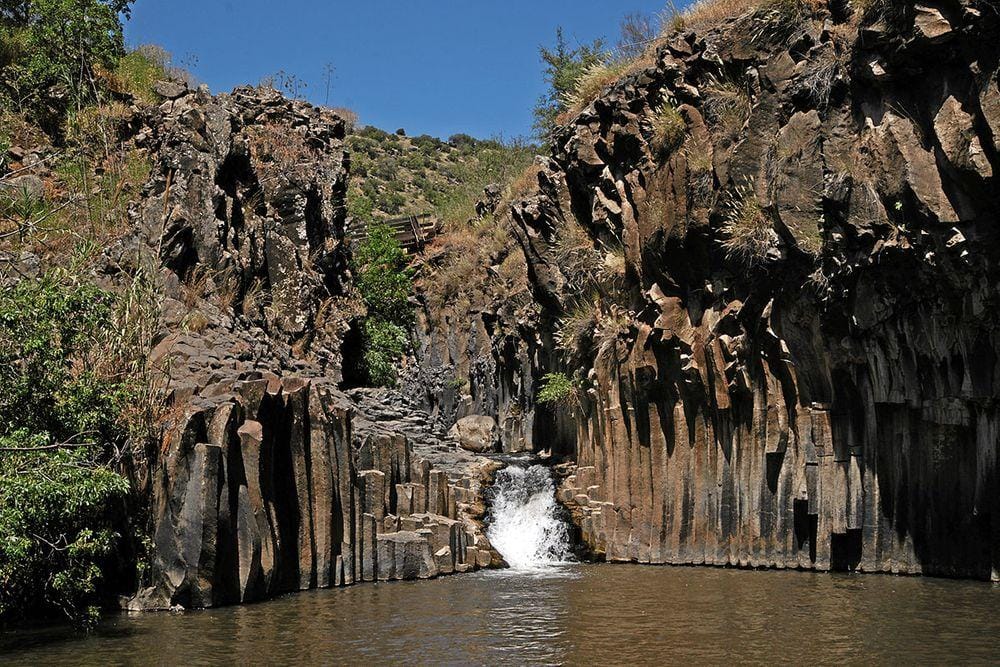
Ein Avdat canyon and falls
South (Israel)
An impressive canyon that has been formed by a group of powerful springs, such as Ein Ma’arif. Springwater forms here several waterfalls, and there are also historical monuments around the canyon.
Biological wonders
Shokeda Forest
South (Israel)
In this forest in springs is observed mass flowering of bright red poppy anemones (Anemone coronaria).

Nahal Amud caves
North (Israel)
Group of caves in the picturesque gorge of Nahal Amud. In the caves has been found evidence that here have lived Homo heidelbergensis and Neanderthals.
Archaeological wonders
Masada (Massada)
South (Israel)
Dramatic fortress/ refuge on top of table mountain, constructed in 37 – 31 BC, taken by Romans simultaneously with the mass suicide of 960 defenders in 73 AD. Here are located remnants of one of the world’s oldest synagogues.
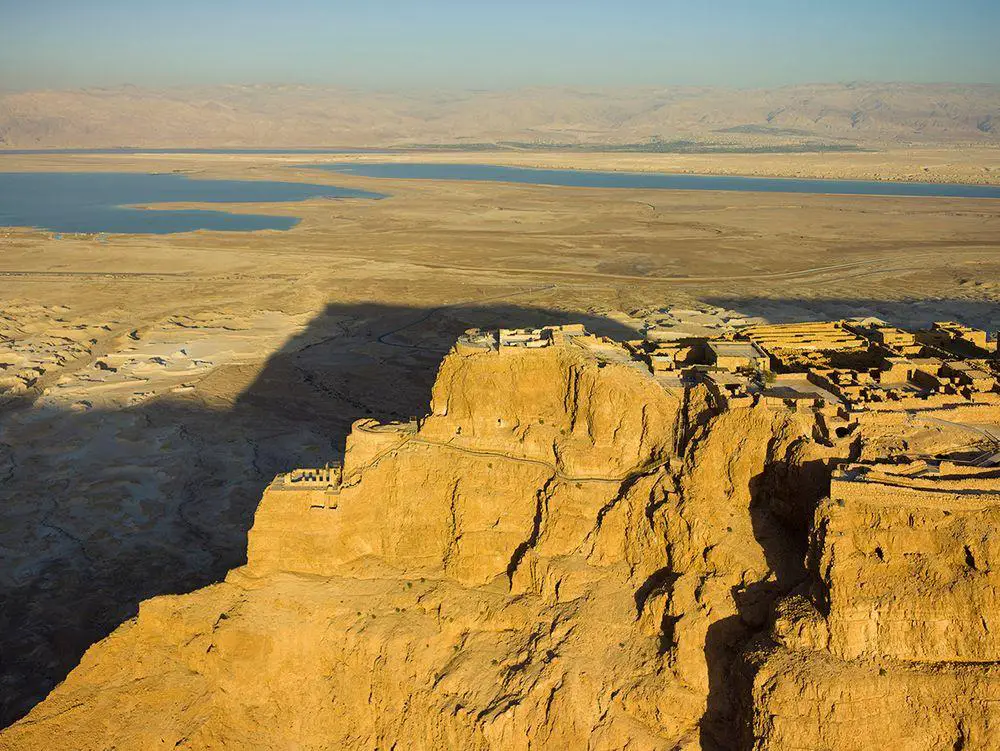
Caesarea Maritima
Haifa
Ruins of an ancient Jewish city, built by Herod the Great sometimes around 25 – 13 BC. Later, in Roman times it became an administrative capital. Abandoned since 1265. The site contains ruins of Martyrion – an ornate church in an octagonal form (the 6th century), a Roman hippodrome and enormous theater, and an enormous artificial harbor with amazing features of ancient construction technologies.
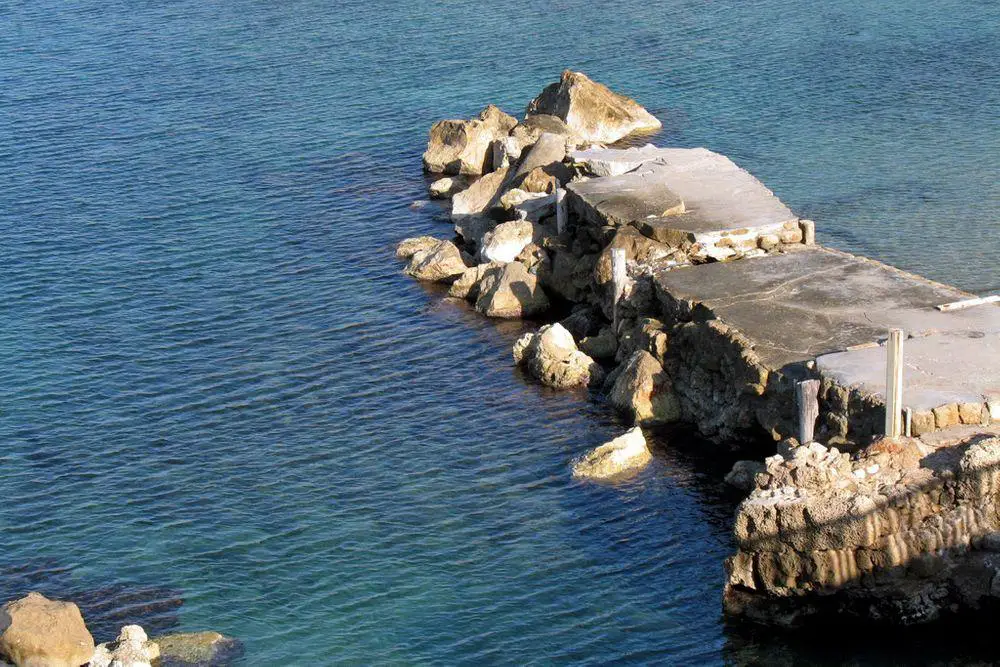
Atlit Yam
Haifa
Remains of a Neolithic village, now submerged 8 – 12 m deep in the sea. Inhabited in 6900 – 6300 BC. The village most likely was abandoned after the tsunami. The site contains megaliths with up to 600 kg of heavy stones. There still is flowing a freshwater spring and around it are arranged stones with cup-marks.
Sidonian Burial Caves
South (Israel)
Group of rock-cut burial caves that were created in the 3rd – 1st century BC. Some of these caves are adorned with frescoes and inscriptions. Best known are the Tomb of Apollophanes and the Tomb of Musicians. The latter contains frescoes of a woman playing the harp and a man playing the flute.
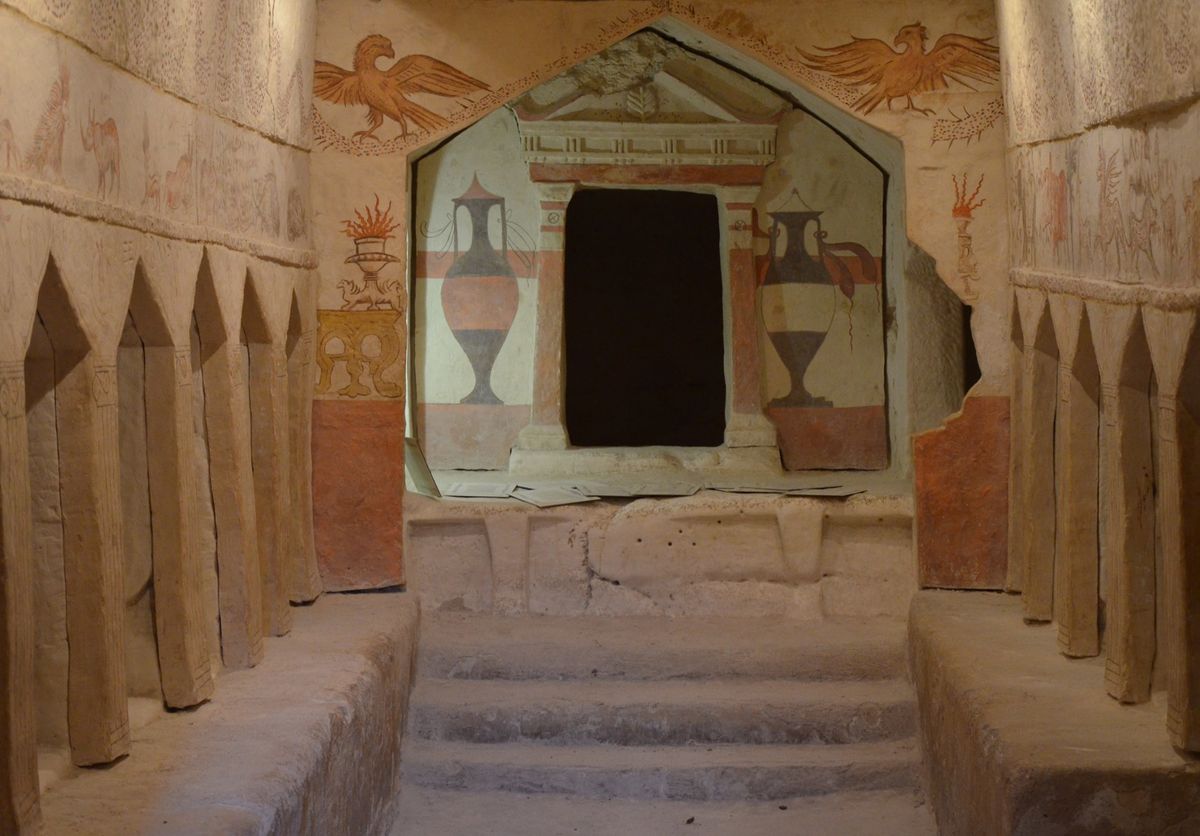
Manot Cave
North (Israel)
A spacious cave where 54,700 years old skull of a modern human was found. This is the oldest known find of modern humans outside Africa and proof that modern humans lived next to Neanderthals.
Caesarea aqueduct
Haifa
Two parallel aqueducts, first built by Herod in 37 – 4 BC and the second – by Romans in the 2nd century AD. The structure is 10 km long and visually impressive.
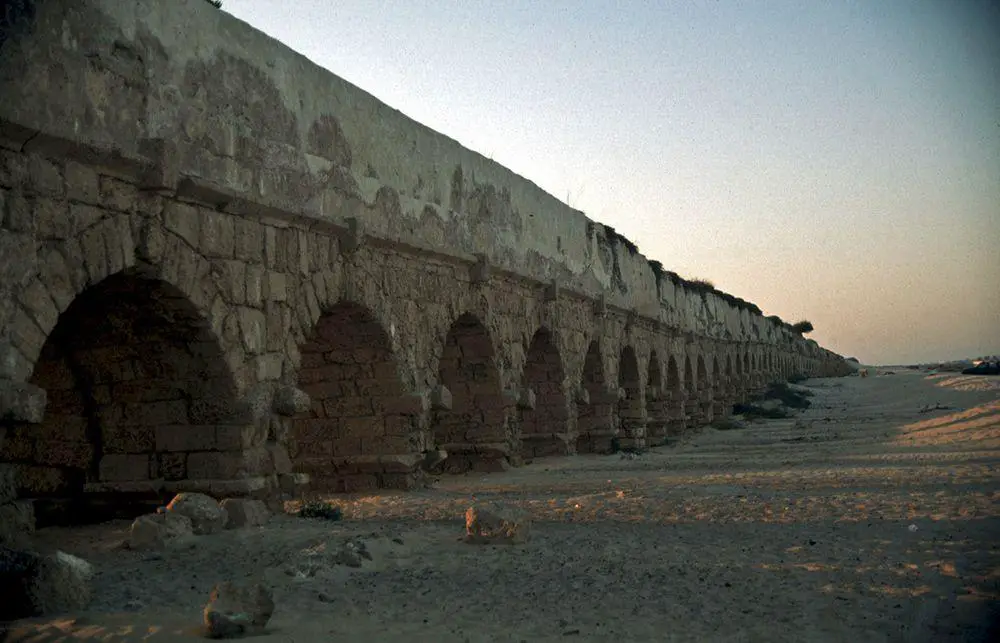
Beth Alpha synagogue
North (Israel)
Remnants of an ancient synagogue, built in the 6th century AD. The building has a very interesting floor: it is covered with inscriptions and mosaics that include the Zodiac Wheel and the sacrifice of Isaac by Abraham.
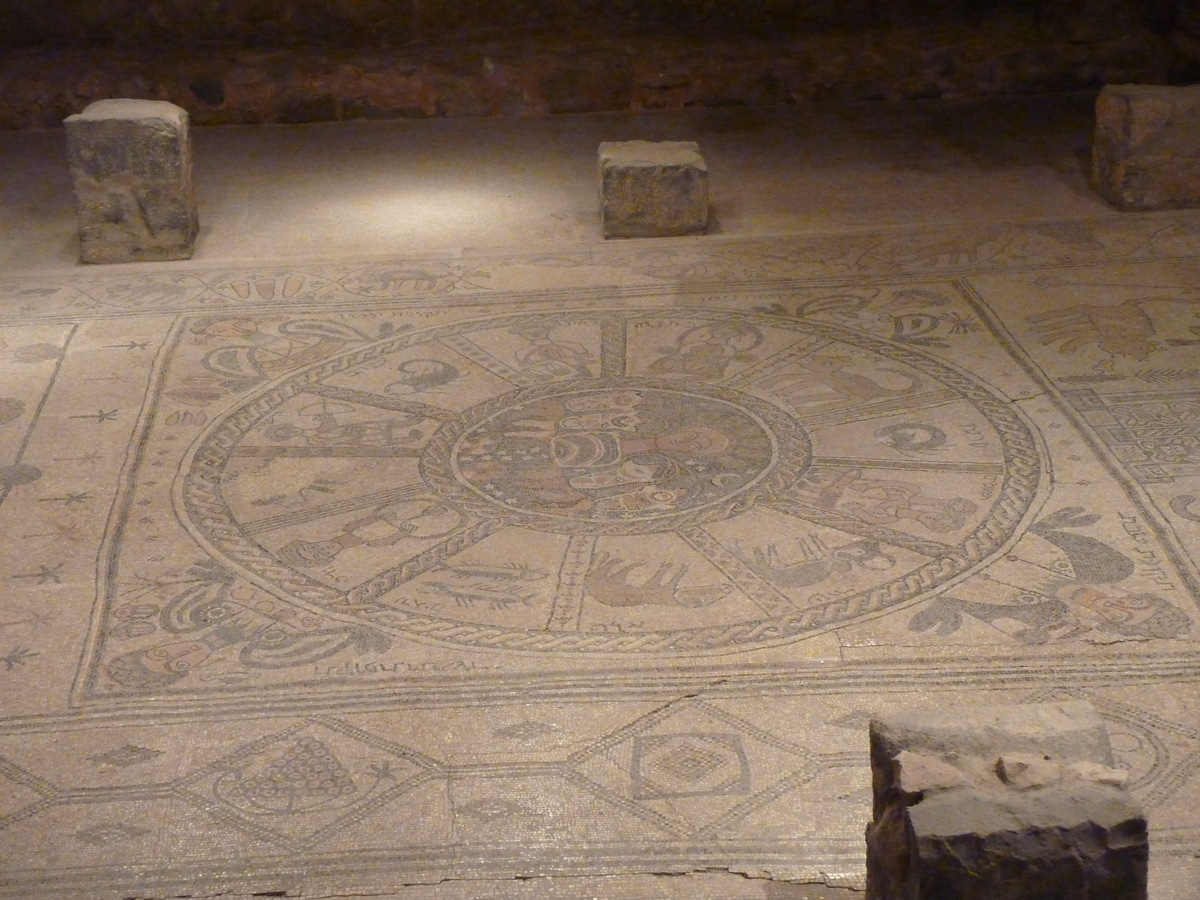
Cenacle – the site of the Last Supper
Jerusalem
Legendary site – possible location of The Last Supper. This has been an important pilgrimage site with many structures built and destroyed. The current shrine was built in the Gothic style. It is undated, from the 12th – 14th century. It is a mystery – who built it and when.
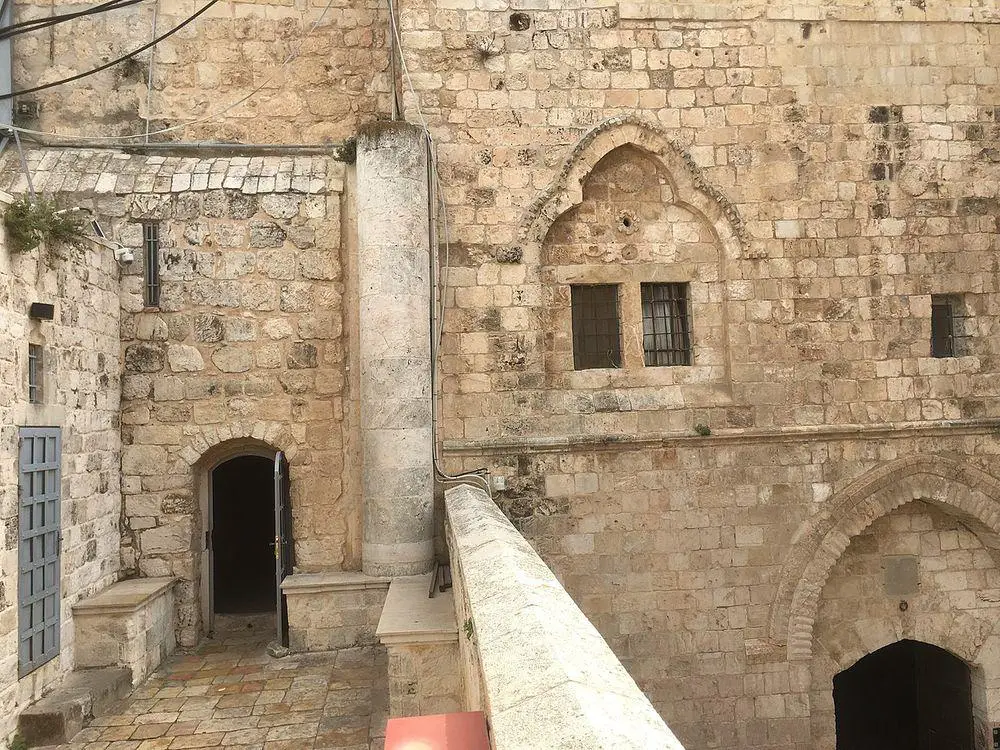
Avdat
South (Israel)
Impressive ruins of a Nabatean city on the ancient Incense Road. It was an important regional center from the 1st century BC to the 7th century AD. Avdat has an impressive citadel and here is located Temple of Oboda (the 9th year BC).
Tel Maresha
South (Israel)
Remnants of an ancient settlement of Edomites, a major center approximately in 900 – 200 BC, destroyed in 40 BC. Under the city are hundreds of underground passages, shelters, workshops, and other premises.
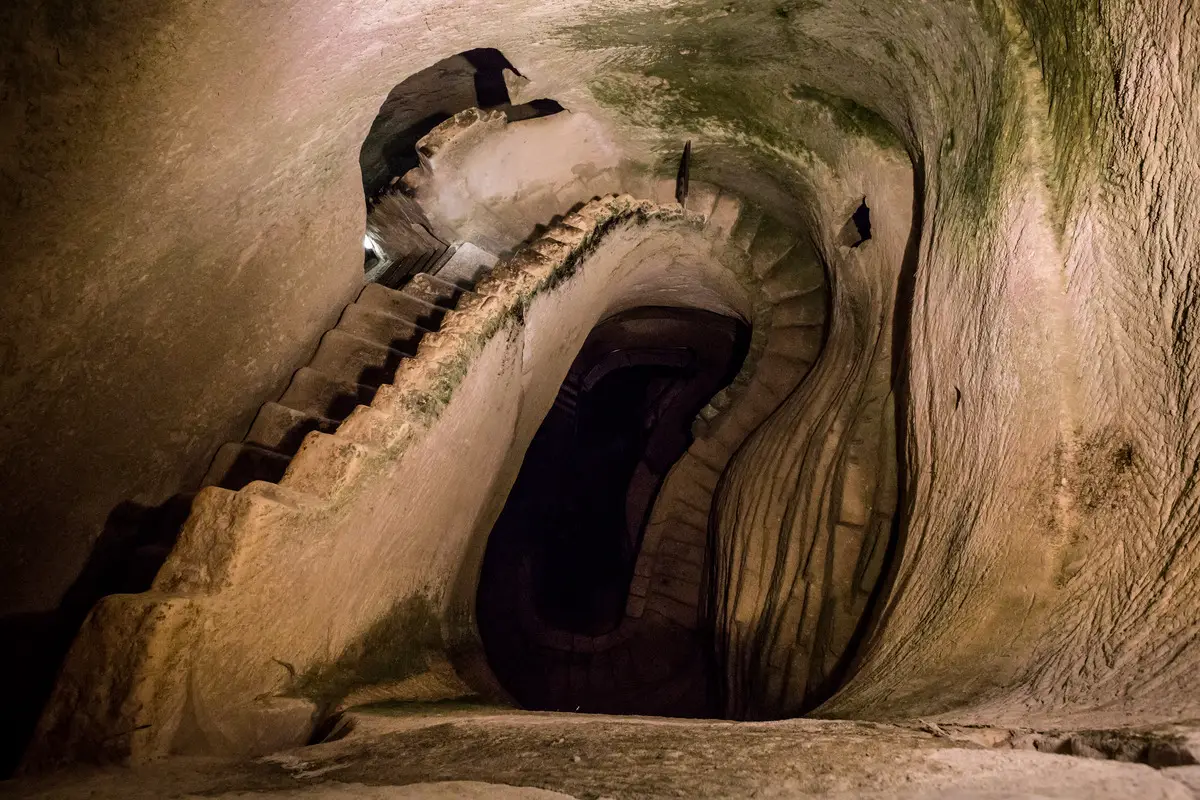
Har Karkom
South (Israel)
Mountain in Negev desert, an important sacred place from the Paleolithic until 1950 BC. There have been found more than 40,000 rock engravings, many of very high quality. Around the site are located hundreds of megalithic structures – tumuli, stone circles, standing stones, and others.
Qesem Cave
Center
Site of Paleolithic settlement in a cave, inhabited 382 – 200 thousand years ago. There are signs that fire was used, there is also 300,000 years old hearth. Ancient people were hunting here such extinct animals as aurochs and rhinoceros.
Tel Dan city gate
North (Israel)
Remnants of a megalithic structure – massive city gates made from mud brick and enormous, upright basalt slabs. This gate was built sometime around 1700 BC (Bronze Age) and has three intact arches still standing – the oldest complete arches in the world.
Mamshit
South (Israel)
One of the best-preserved Nabatean cities, a former station on Incense Road. The city was small but it had ornate, unusual buildings, mostly from the 1st century BC – the 2nd century AD. The site contains also the ruins of two churches. St. Nilus Church has fine mosaics on the floor.
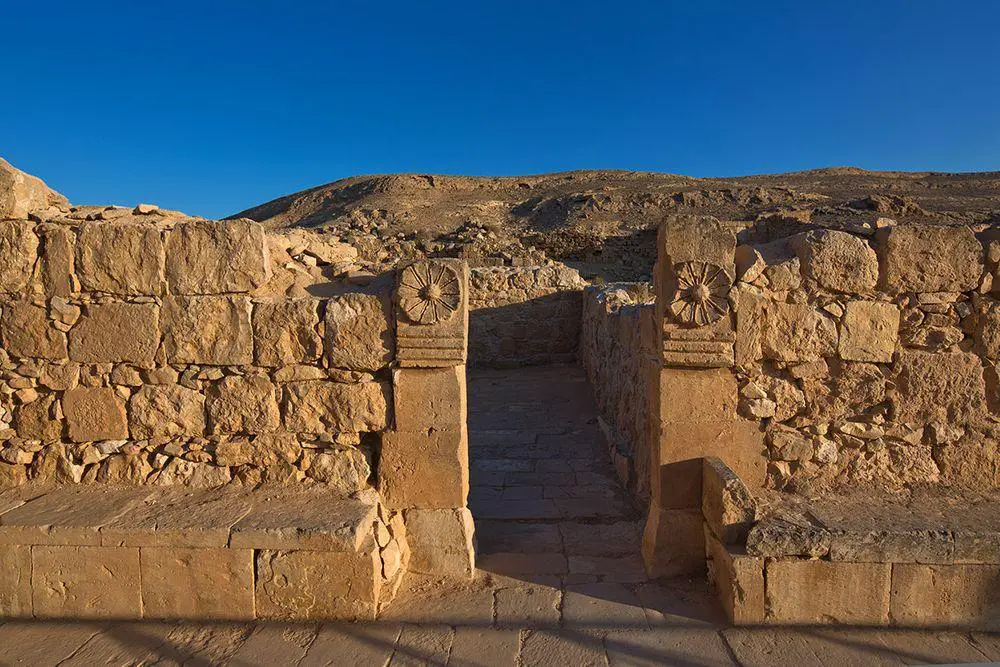
Kfar Bar’am synagogue
North (Israel)
Ruins of an ancient synagogue that was built in the 2nd – 4th century AD. The synagogue is preserved up to the second-floor level. Interesting artwork here is a sculptural group of two lions.
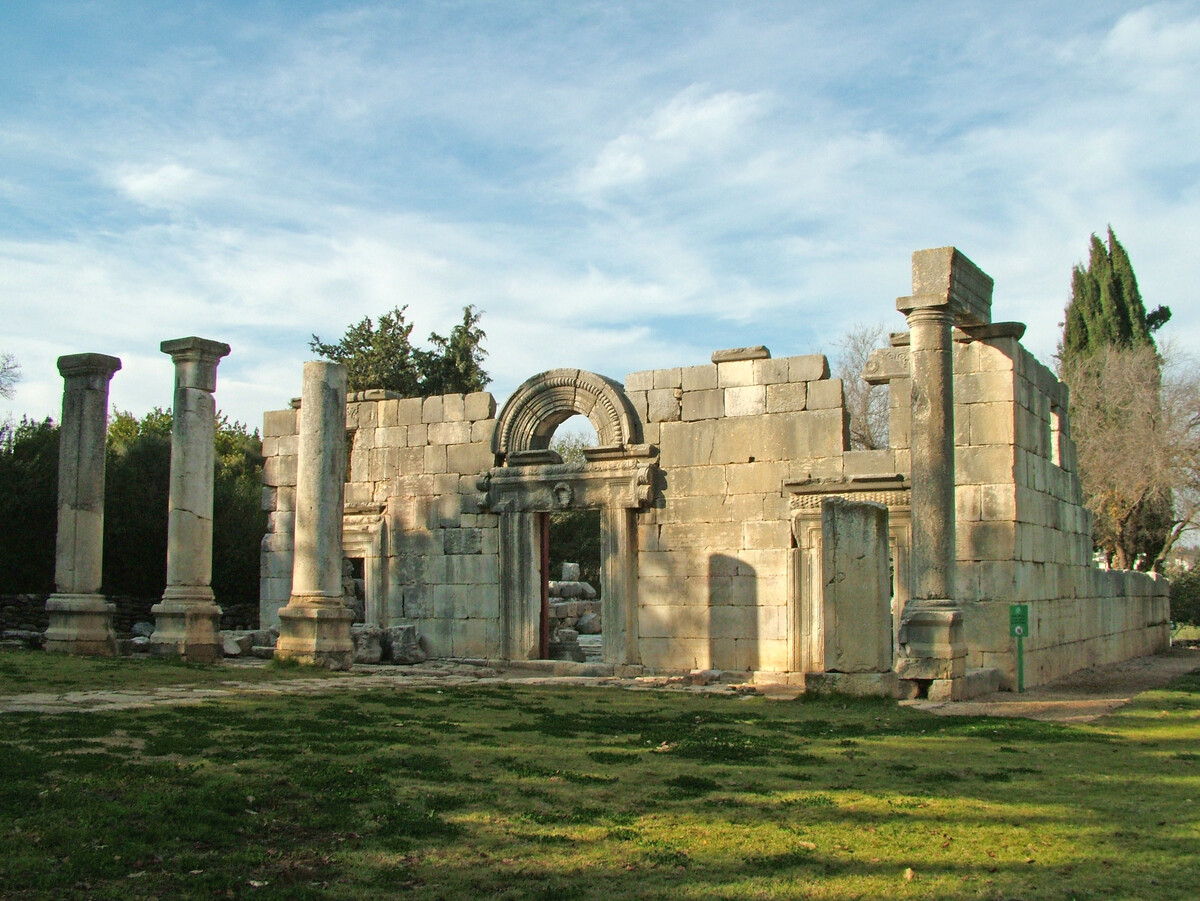
Architecture wonders
Israel Museum
Jerusalem
Israel’s National Museum with numerous artifacts of global importance. Here are located such treasures as the Dead Sea Scrolls in a specially built Shrine of the Book and many other items valuable to the history of civilization and religion.
Acre Old City
North (Israel)
Historical city on a promontory. Although Acre is inhabited for some 5 thousand years, Old City has been created mostly in the times of the Crusaders, in 1104 – 1291, and later, in the time of the Ottomans (the 18th – 19th century). The city is enclosed in walls and its historical architecture is almost intact.
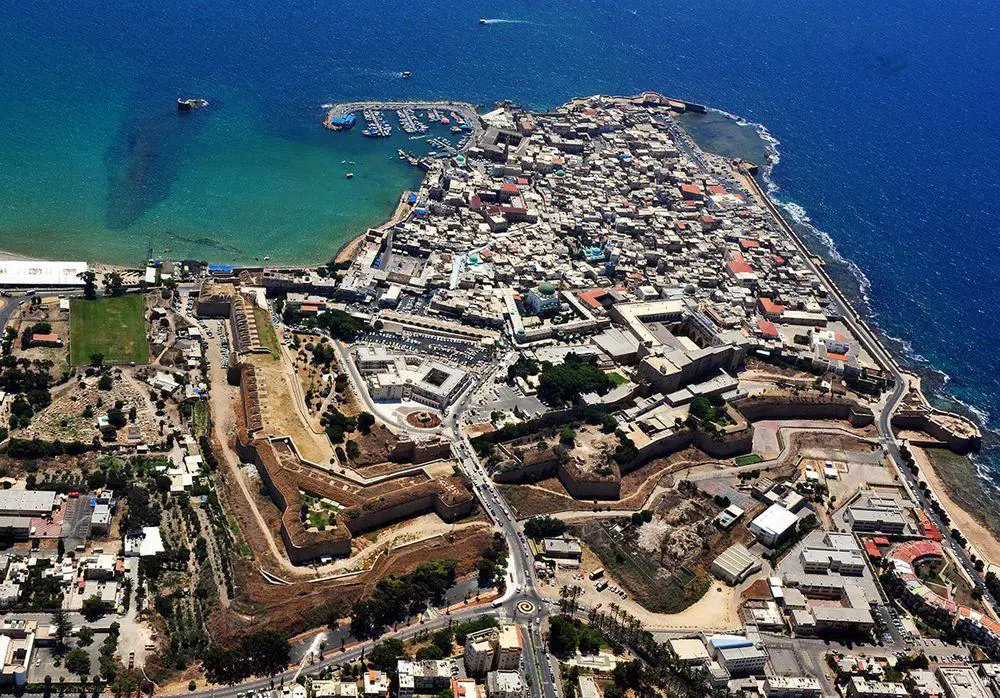
Shrine of the Báb
Haifa
Sacred site of Bahá’í Faith – here remains of Báb were been laid to rest in 1921. An enormous gold-domed shrine was built in 1953, a beautiful garden was set up later.
Stella Maris Monastery
Haifa
Worldwide center of Carmelites on Mount Carmel. Rebuilt in 1836 on a site where hermits settled already in the 12th century.
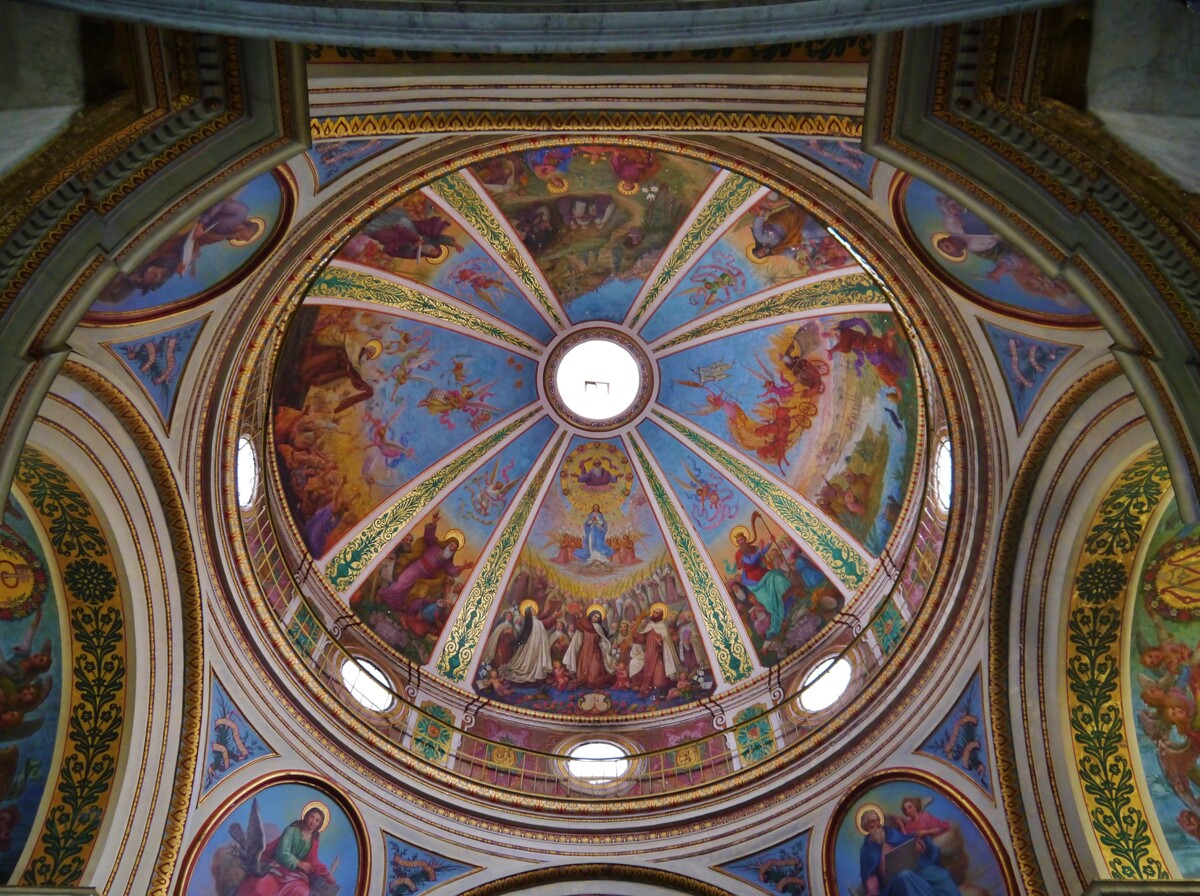
Terraces of the Bahá’í Faith
Haifa
Beautiful garden on the slope of Mount Carmel. Gardens were set in 1987 – 2001 and consist of 18 terraces extending for one kilometer.
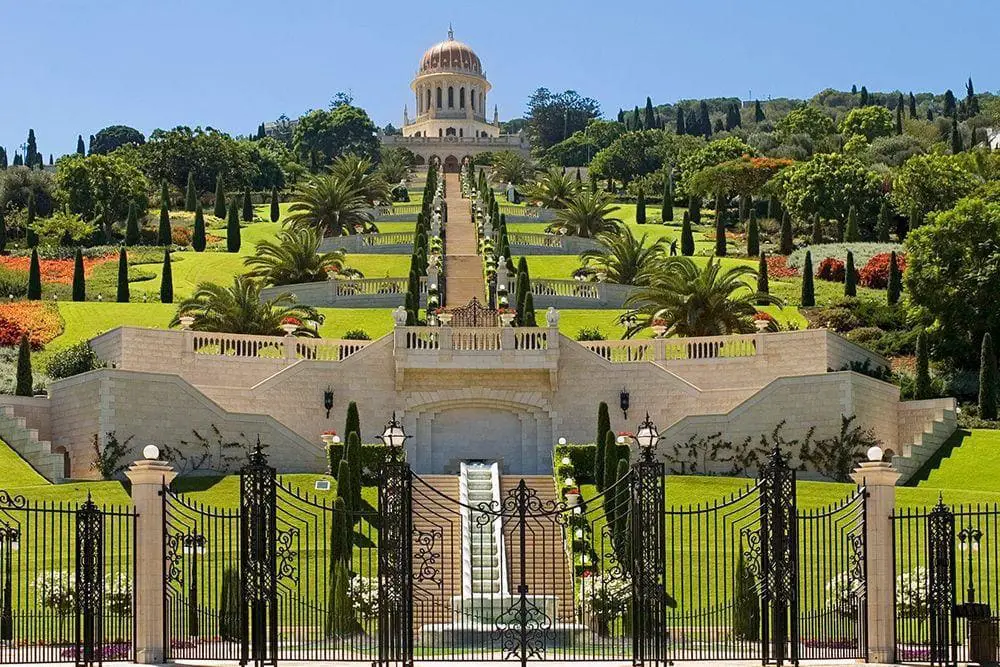
Tel Aviv Bauhaus quarters (White City)
Tel Aviv
The largest collection of Bauhaus-style buildings in the world with more than 4,000 structures in this style. Buildings were designed by architects who left Nazi Germany in the 1930ies.
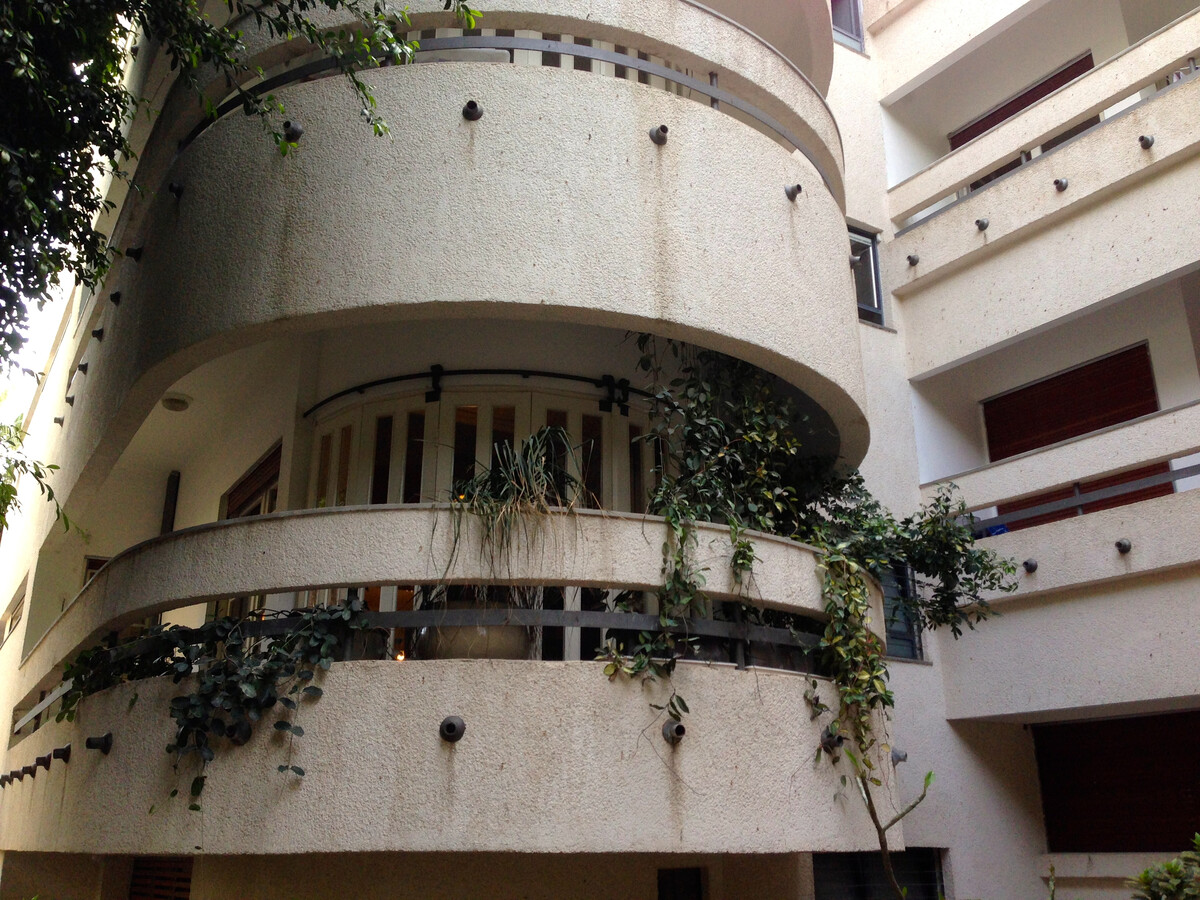
 Recommended books
Recommended books
Fodor’s Essential Israel (Full-color Travel Guide)
Israel packs in riches from cherished religious sites to stunning archaeological treasures to spectacular natural wonders. Holy land to Jews, Christians, and Muslims, this is where biblical places like Jerusalem and Galilee come alive. Colorful features in Fodor’s Essential Israel help travelers experience all of this and more: awe-inspiring ancient cities, delicious food and wine, and vibrant contemporary culture.
DK Eyewitness Travel Guide: Jerusalem, Israel, Petra & Sinai
Experience this beautiful and sacred part of the world, from the green hills and sun-drenched coast of Galilee to the holy sites of Jerusalem’s Old City, and from the dramatic desert of Wadi Rum to the vibrant reefs of Dahab.

